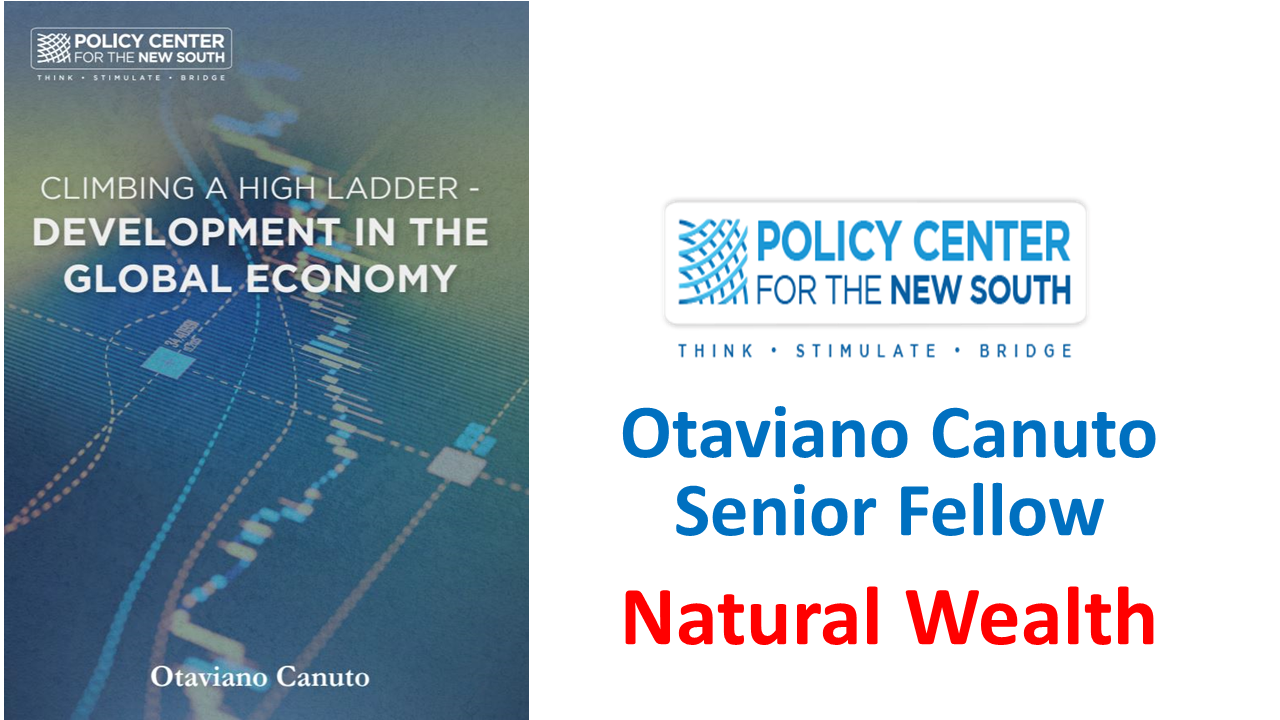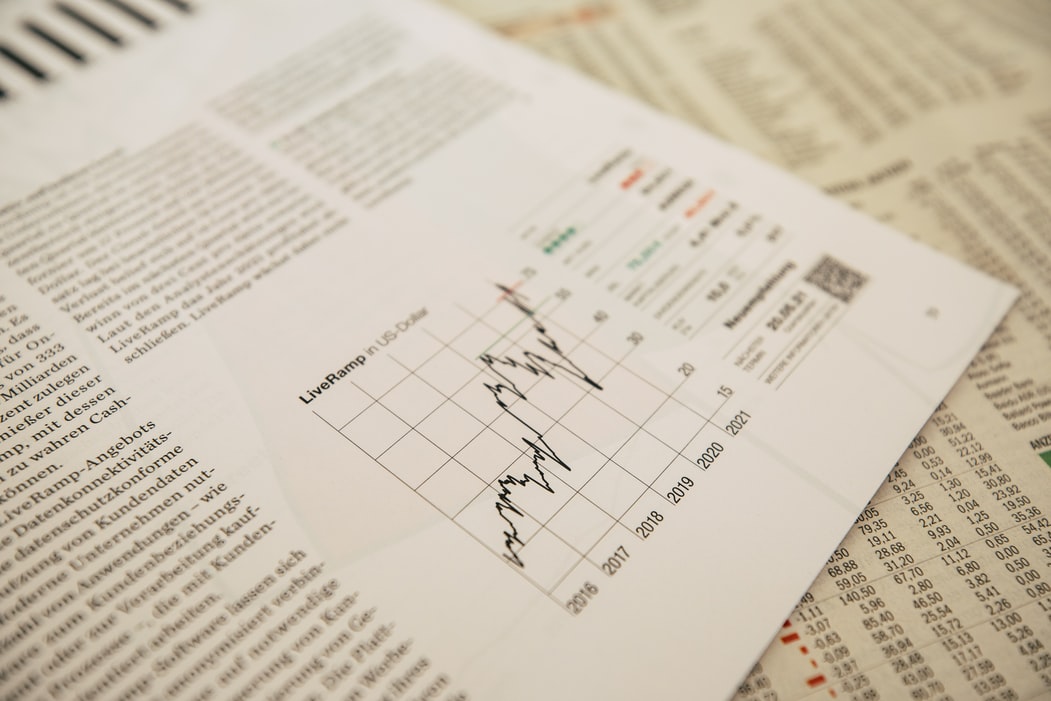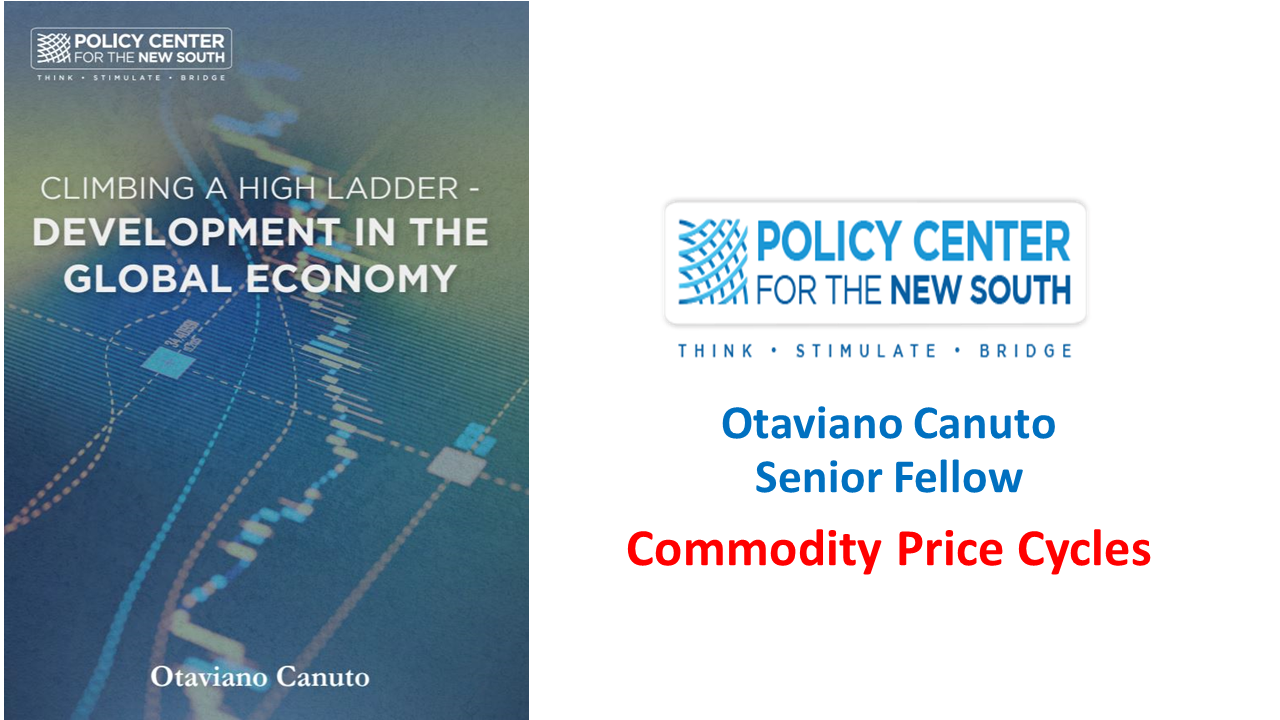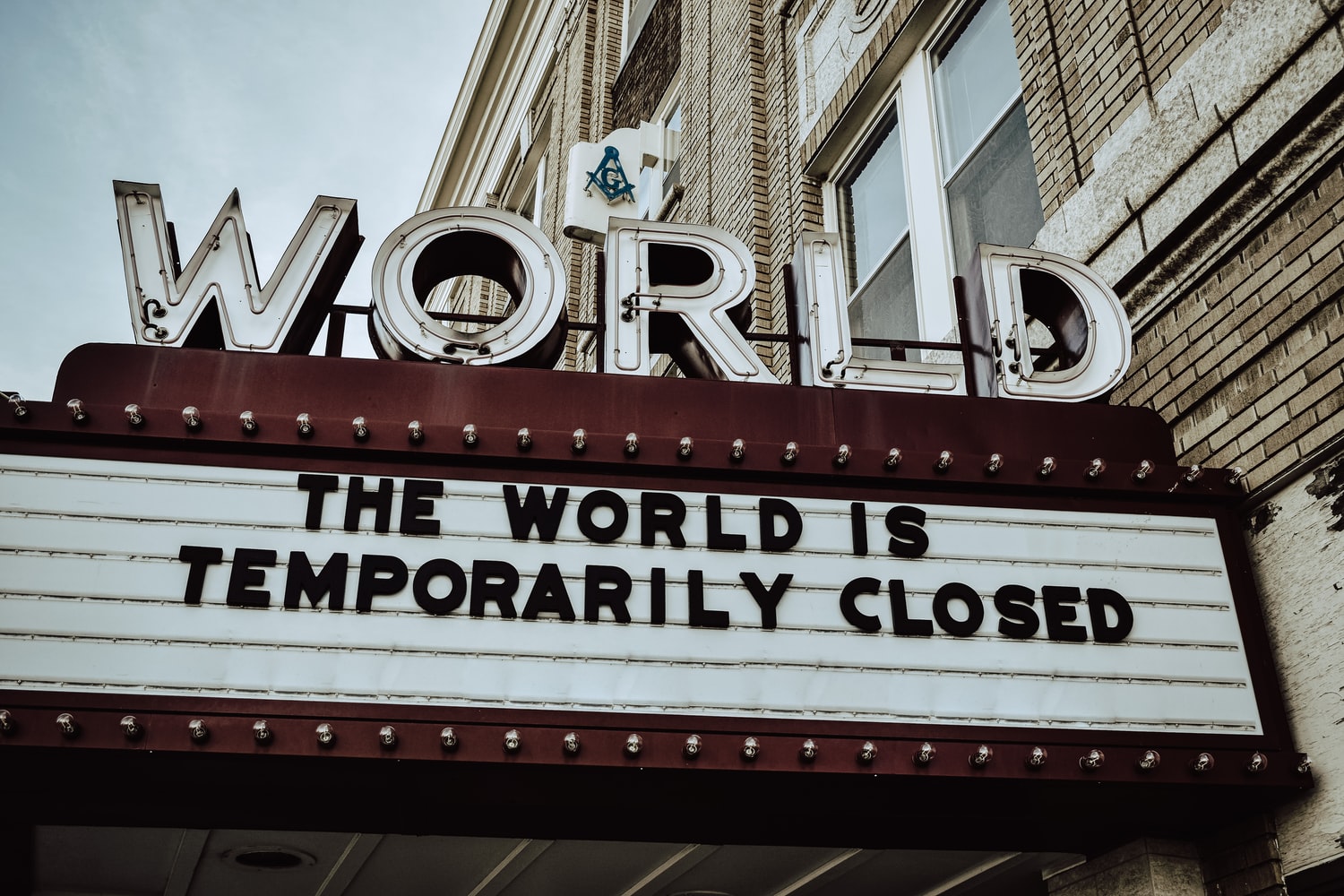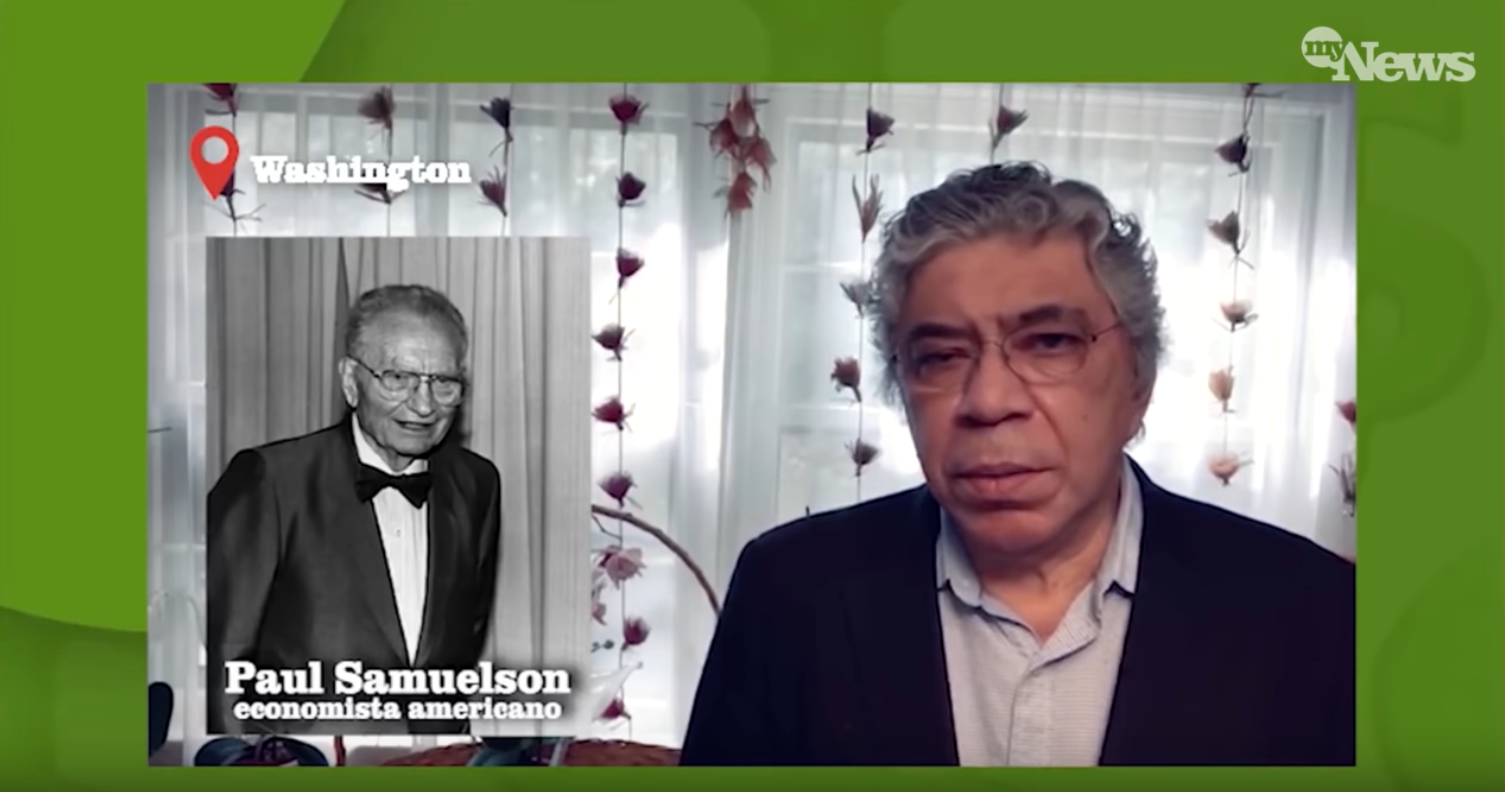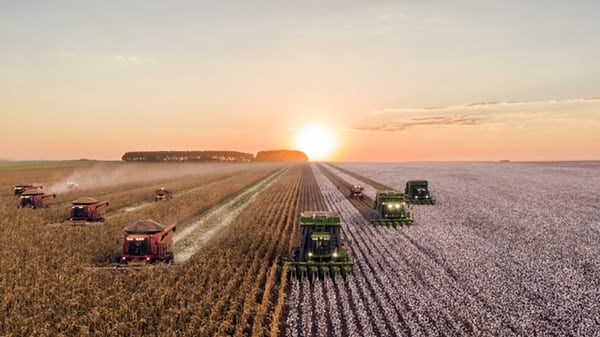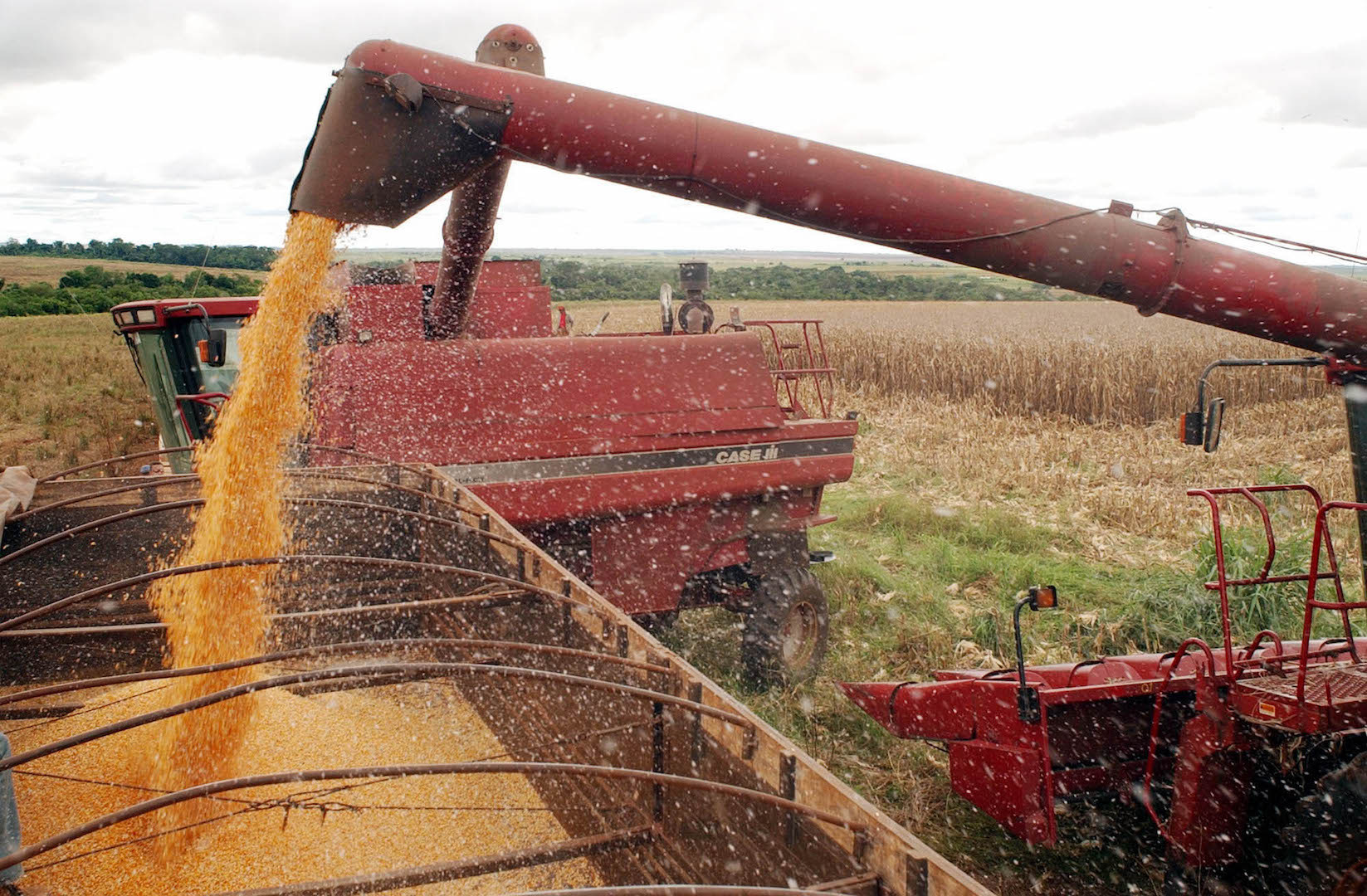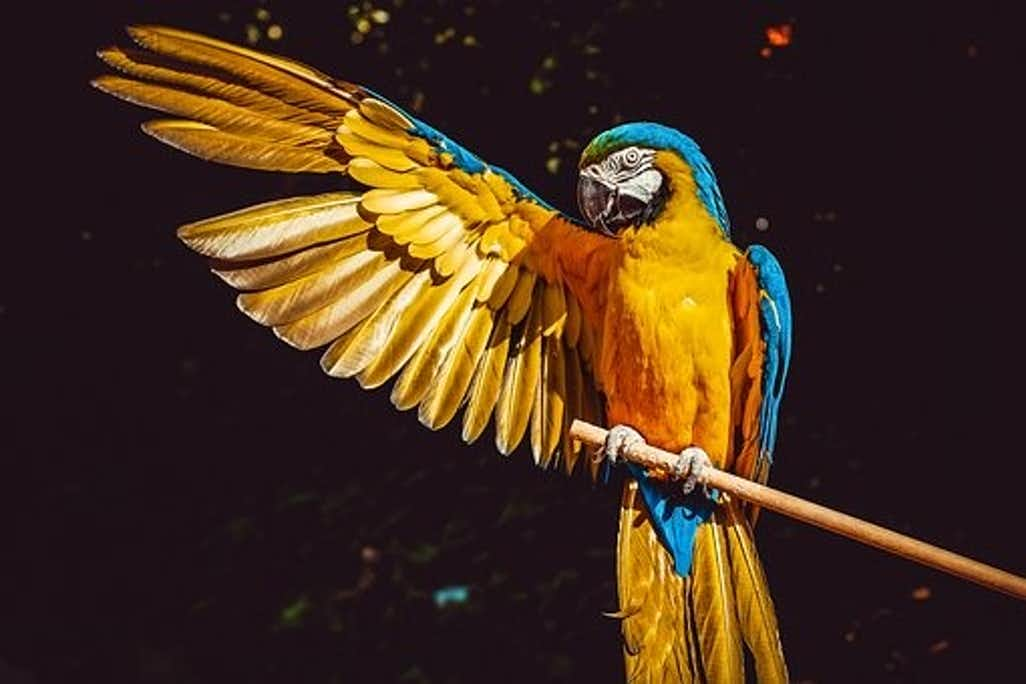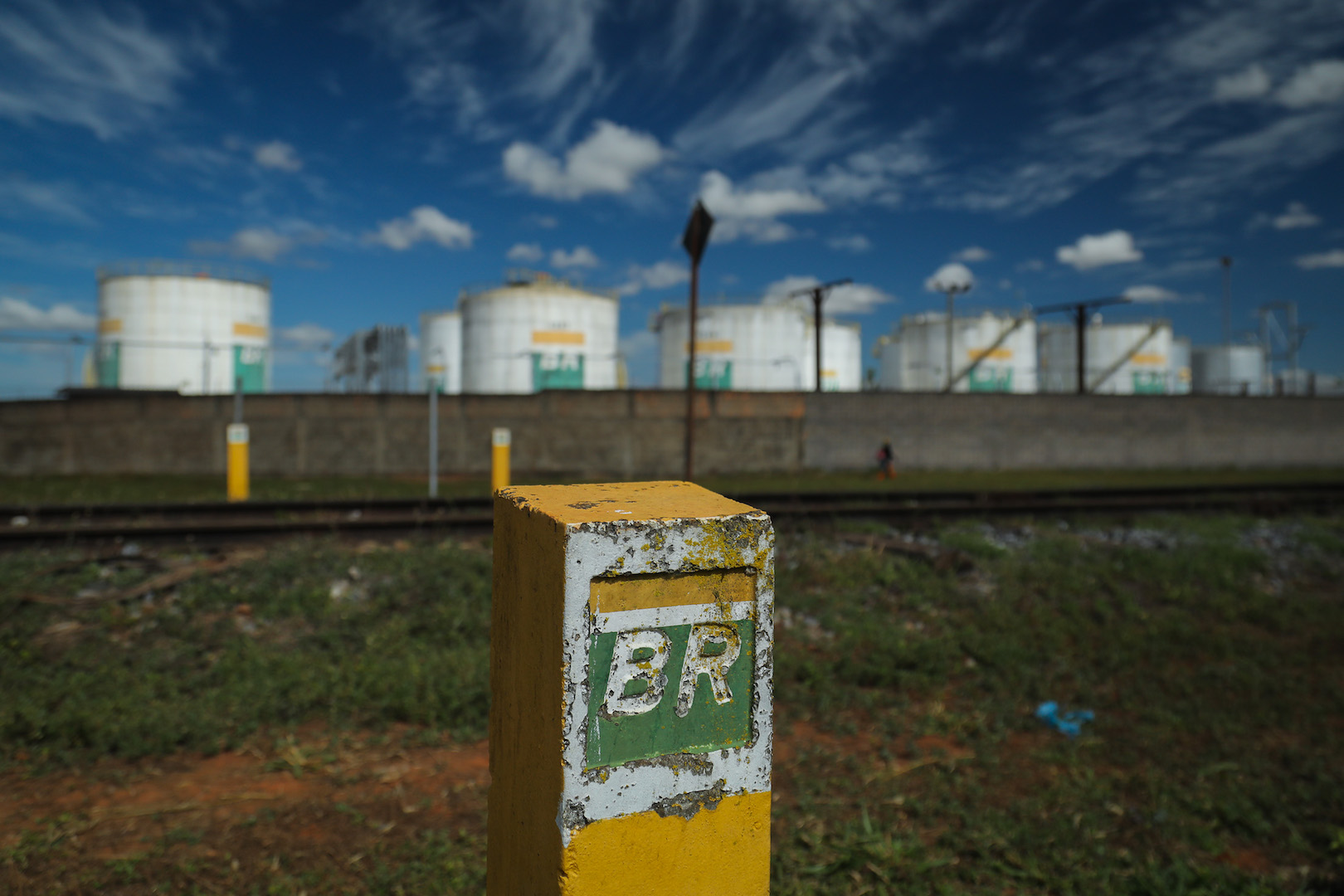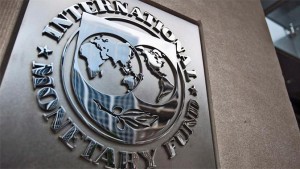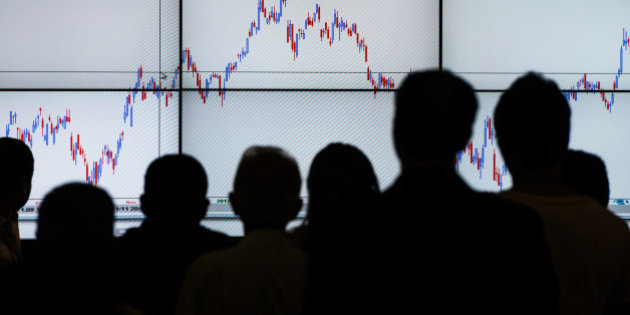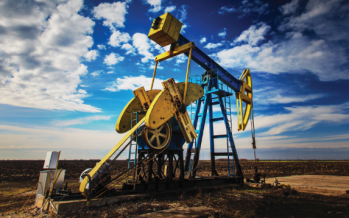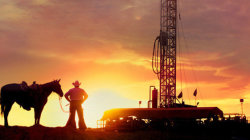Natural Wealth: Blessing or Curse?
Natural resource-richness is basically a blessing, as stocks of natural wealth are among the factors of production which help determine the output per worker of a country. But it may become a curse, depending on the quality of governance and on the policies adopted to cope with macroeconomic challenges that accompany it. Natural wealth as a blessing supposes that the use of non-renewable resources must correspond to some extent to its transformation into the other types of assets. Such transformation passes by production diversification over time. Natural wealth must crowd-in other activities rather than crowd them out. Blessing supposes governance features that avoid rent captures for patronage purposes and misallocation of resources, as well as appropriate policies to deal with macroeconomic challenges that come with resource richness, such as Dutch disease effects of booms, temptations to over-borrow, and periodic situations of commodity price busts.

